Introductions:
Introduction of Embraer EMB-120 Brasilia:
The Embraer EMB 120 Brasilia is a twin-turboprop 30-passenger commuter airliner designed and manufactured by the Brazilian aircraft manufacturer Embraer.
The EMB 120 began development during 1974. While initially conceived as a modular series of aircraft, the Family 12X and referred to as the Araguaia, intending to achieve a high level of commonality with the EMB 121 Xingu, the aircraft was redesigned and relaunched with the Brasilia name scheme during 1979. The redesign, which drew on operator feedback, reduced the seating capacity somewhat while removing commonality with the EMB 121. Its size, speed, and ceiling enabled faster and more direct services to be flown in comparison to similar aircraft. The EMB 120 features a circular cross-section fuselage, low-mounted straight wings and has a T-tail.
On 27 July 1983, the prototype performed its maiden flight. During October 1985, the first EMB 120 entered service with Atlantic Southeast Airlines; it quickly entered service with numerous regional airlines, particularly those in the lucrative US market. While the majority of sales were made to civilian operators, a few military customers were also garnered for the type; a specialised VIP transport version, the VC-97, was operated by the Brazilian Air Force. Numerous models were developed to fulfil differing roles and requirements; these included the flexible EMB120 Convertible and the extended range EMB120ER. During 2001, production of the EMB 120 was terminated; it was the last turboprop-powered airliner to be produced by Embraer.
Introduction of Continental Express
Continental Express was the operating brand name used by a number of independently owned regional airlines providing commuter airliner and regional jet feeder service under agreement with Continental Airlines. In 2012 at the time of Continental's merger with United Airlines, two carriers were operating using the Continental Express brand name:
SkyWest, Inc.' carrier ExpressJet (206 aircraft, more than 90% of Continental Express flights)
Republic Airways Holdings' carrier Chautauqua Airlines (14 aircraft, just under 10% of Continental Express flights)
Continental Express, operated by ExpressJet and Chautauqua, offered service to approximately 150 destinations in the United States, Canada, Mexico and the Caribbean, from Continental's hubs in Houston, Newark and Cleveland. ExpressJet operates as a Continental Express and United Express carrier, while Chautauqua also operated flights as Delta Connection, US Airways Express, Frontier Airlines, Midwest Connect, Trans World Express, America West Express, and AmericanConnection. Continental Express operated more flights to Mexico more than any other airline from its hub George Bush Intercontinental Airport.
Following the merger of Continental with United, the "Continental Express" brand was discontinued and such flight services were renamed as United Express.
Introduction of Continental Express Flight 2574
Continental Express Flight 2574 (Jetlink 2574) was a scheduled domestic passenger airline flight operated by Britt Airways from Laredo International Airport in Laredo, Texas to Houston Intercontinental Airport (IAH) (now called George Bush Intercontinental Airport) in Houston, Texas. On September 11, 1991, the Embraer EMB 120 Brasilia turboprop, registered N33701, crashed while initiating its landing sequence, killing all 14 people on board. The aircraft wreckage hit an area near Eagle Lake, Texas, approximately 65 miles (105 km) west-southwest of the airport.
The media stated that there was initial speculation that a bomb had destroyed the aircraft; however, the National Transportation Safety Board (NTSB) subsequently discovered that missing screws on the horizontal stabilizer led to the crash.
The Embraer 120 Brasilia, serial number 120077, was built in 1988, three years before the accident, and had accumulated 7,229 flight hours through 10,009 cycles.:?8? The Federal Aviation Administration records stated that the aircraft had been sent to the maintenance hangar 33 times for unscheduled repairs.
The crew consisted of 29-year-old captain Brad Patridge of Kingwood, Texas (Greater Houston), 43-year-old first officer Clint Rodosovich of Houston and 33-year-old flight attendant Nancy Reed of Humble, Texas. Patridge and Rodosovich were experienced pilots with 4,243 flight hours and 11,543 flight hours (including 2,468 hours and 1,066 hours on the EMB 120 Brasilia), respectively.
The EMB 120 departed Laredo International Airport at 09:09, operating under Federal Aviation Regulation Part 135. After a normal takeoff, the flight was assigned a cruise altitude of flight level 250 (25,000 feet (7,600 m)), then reassigned to FL240 (24,000 feet (7,300 m)). At 09:54, the flight crew responded to the Houston Air Route Traffic Control Center and started descending to 9,000 feet (2,700 m). At approximately 10:03 while descending through 11,500 feet (3,500 m) with an indicated airspeed of 260 knots (300 mph; 480 km/h), the leading edge of the left horizontal stabilizer separated from the airframe, and the airplane pitched down dramatically, rolling around on an axis as the left wing folded. The escaping fuel from the wings ignited, and the pilots lost consciousness from the severe g-forces, which reached at least 3.375 times the force of gravity, caused by the severe oscillations of the crippled aircraft. The wreckage fell in southeast Colorado County, Texas, exploding on impact, off Farm to Market Road 102, seven miles (11 km) southeast of Eagle Lake, Texas, and 60 miles (97 km) west of Downtown Houston. The Texas Department of Public Safety announced that rescue units had discovered no survivors. The wreckage was spread over a 2- to 4-square-mile (10 km2) area, and some pieces fell into the Colorado River. Diamonds worth approximately $500,000 (1991 value; $1,100,000 in 2022) were discovered in the wreckage, but they had no role in the crash.
The National Transportation Safety Board (NTSB) investigation revealed that screws had been removed from the horizontal stabilizer during maintenance the night before the accident and, following a shift change, the screws had not been replaced. The aircraft's first flight of the day was uneventful because it did not reach the accident flight's top speed of 260 knots (480 km/h; 300 mph).
The NTSB cited the failure of airline maintenance and inspection personnel to adhere to proper maintenance and quality-assurance procedures. The failure of Federal Aviation Administration (FAA) surveillance to detect and verify compliance with approved procedures was cited as a contributing factor.:?49? Following the accident, the FAA conducted a National Aviation Safety Inspection Program (NASIP) of Continental Express' maintenance program. It found very few safety deficiencies, and complimented the airline on its internal evaluation system. The NTSB expressed concern that the NASIP did not find deficiencies in shift-turnover procedures and other matters relevant to the accident, and recommended that the agency improve its NASIP procedures.
Notes:
This incident was in the “Mayday” Season 11, and the Flight 2574’s livery in the scene is the new livery like this:
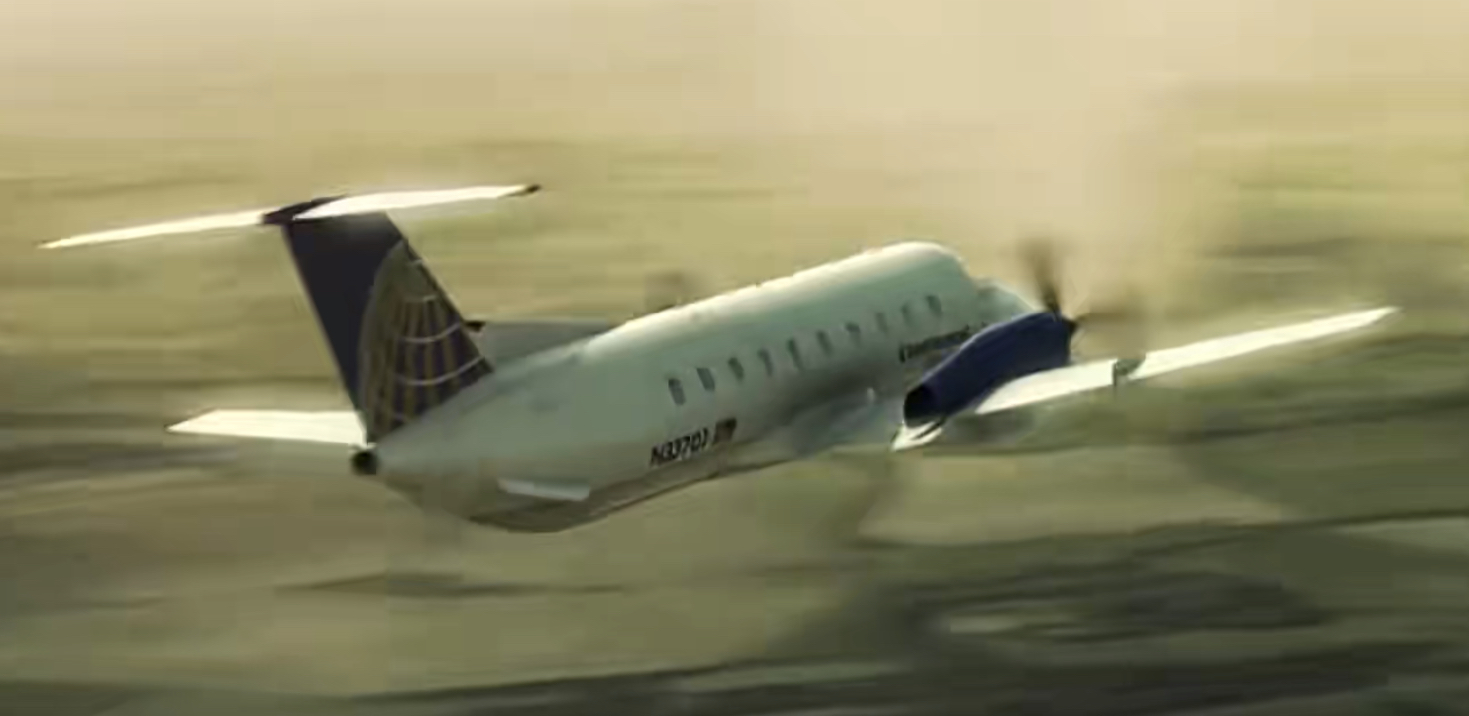
But the actual livery is like this:
(This is the wreckage of Flight 2574)

And also credit to MAPA for the original plane
That’s it
Specifications
Spotlights
- MAPA 1.4 years ago
General Characteristics
- Predecessor Embraer EMB-120 Brasilia
- Successors 2 airplane(s) +35 bonus
- Created On iOS
- Wingspan 65.0ft (19.8m)
- Length 66.7ft (20.3m)
- Height 20.2ft (6.1m)
- Empty Weight N/A
- Loaded Weight 34,881lbs (15,821kg)
Performance
- Horse Power/Weight Ratio 0.114
- Wing Loading 27.9lbs/ft2 (136.2kg/m2)
- Wing Area 1,250.7ft2 (116.2m2)
- Drag Points 6637
Parts
- Number of Parts 135
- Control Surfaces 9
- Performance Cost 657


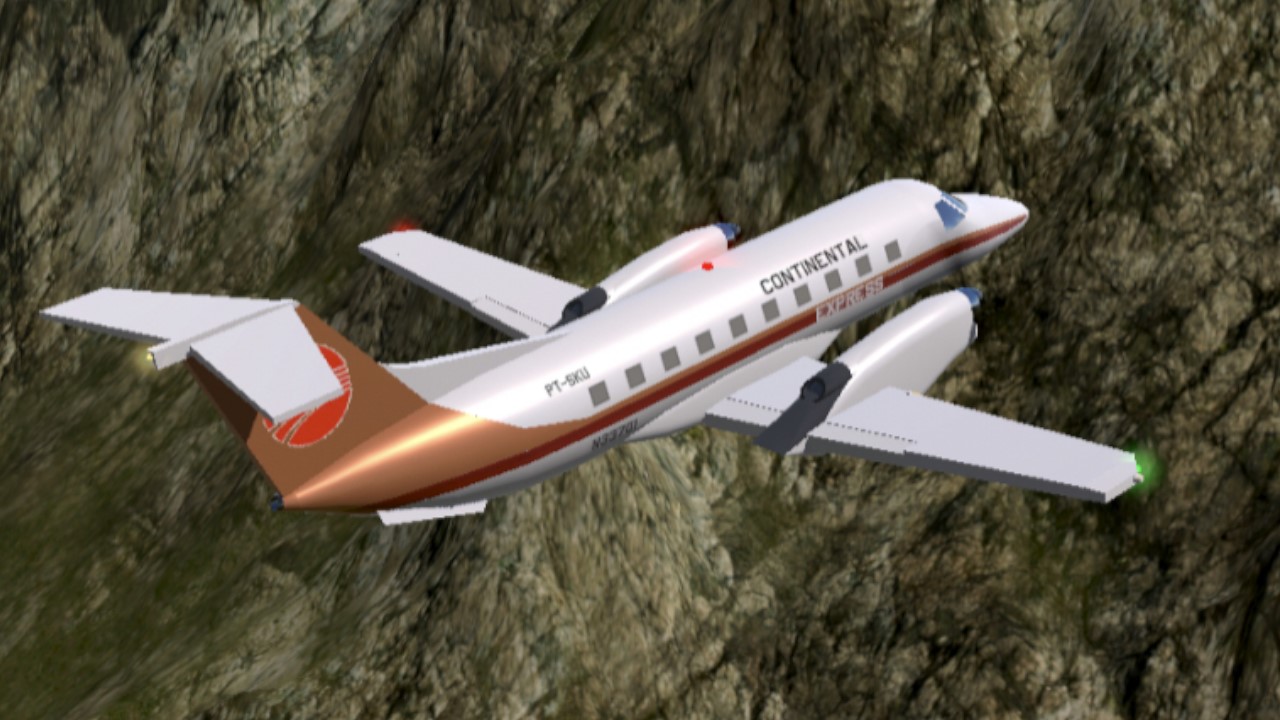
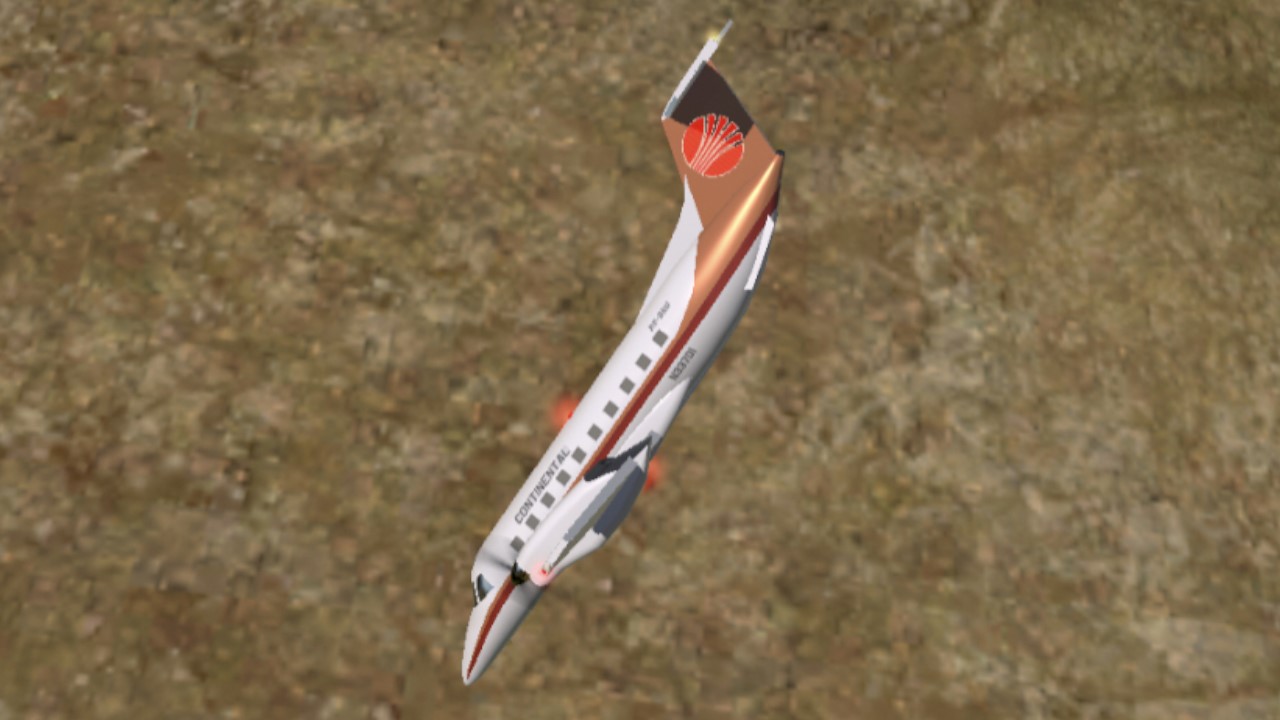
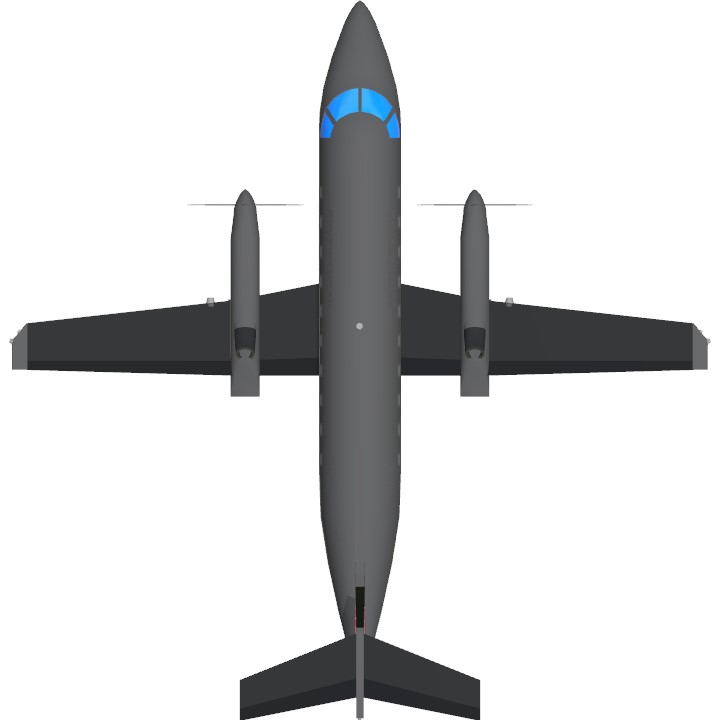
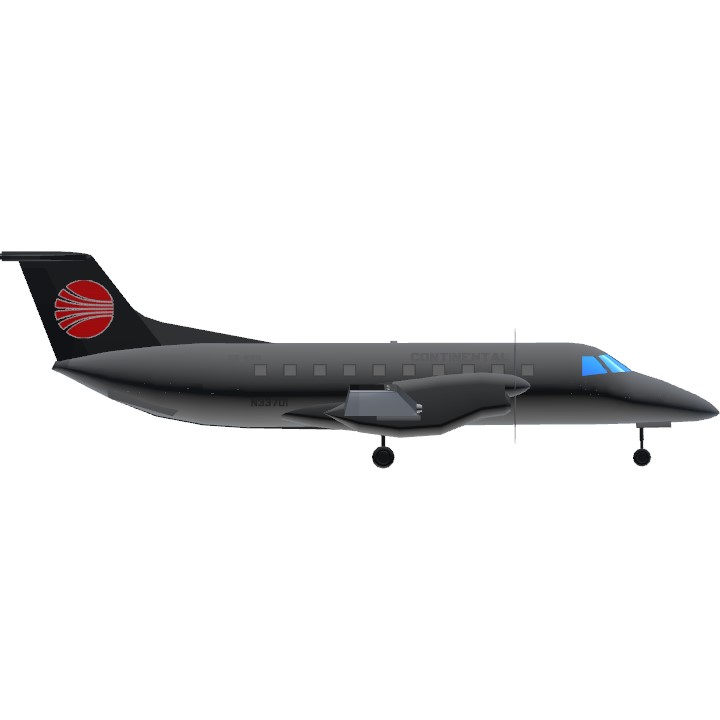
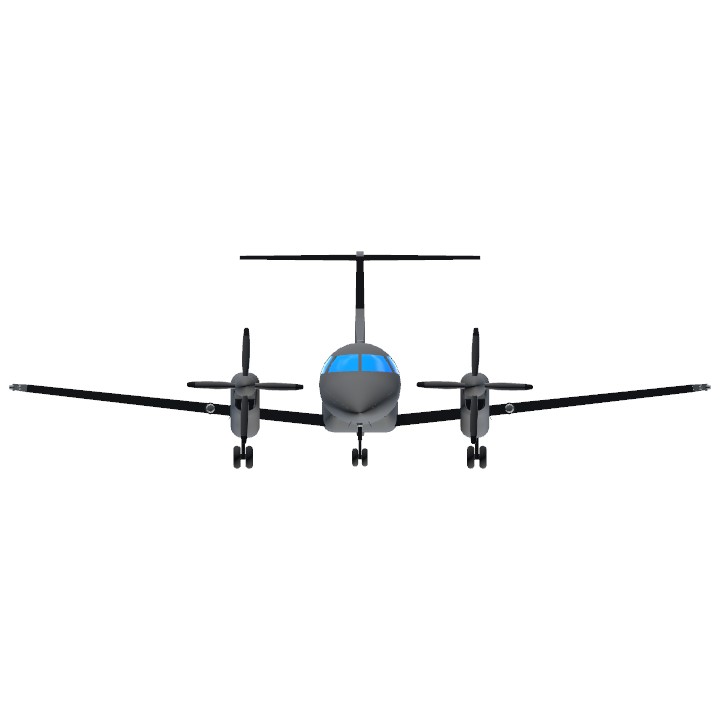
@CR929thenewSPplayer our attention span is shorter than a goldfish’s
Sure it is
@CaptainCASMLikesPlanes
Holy shit that’s a lot of words
@CR929thenewSPplayer Pls Use The Full interior one Pls 🙏
哇
goof one of Flight 2574
谢谢!
@DELTABallbilibili
I agree
@TupolevTU144Charger
"The actual livery is like this."
Top 10 mistakes in ACI
Great work
这是我在官网上找到最好的!加油!
@AeroflotBilibili 同感
我本来想试试这起空难的新涂装,直到我发现现有的大陆logo素材缩放太小了………
Thanks!
@MAPA
Beautiful painting
i was about to make that. 💀💀💀